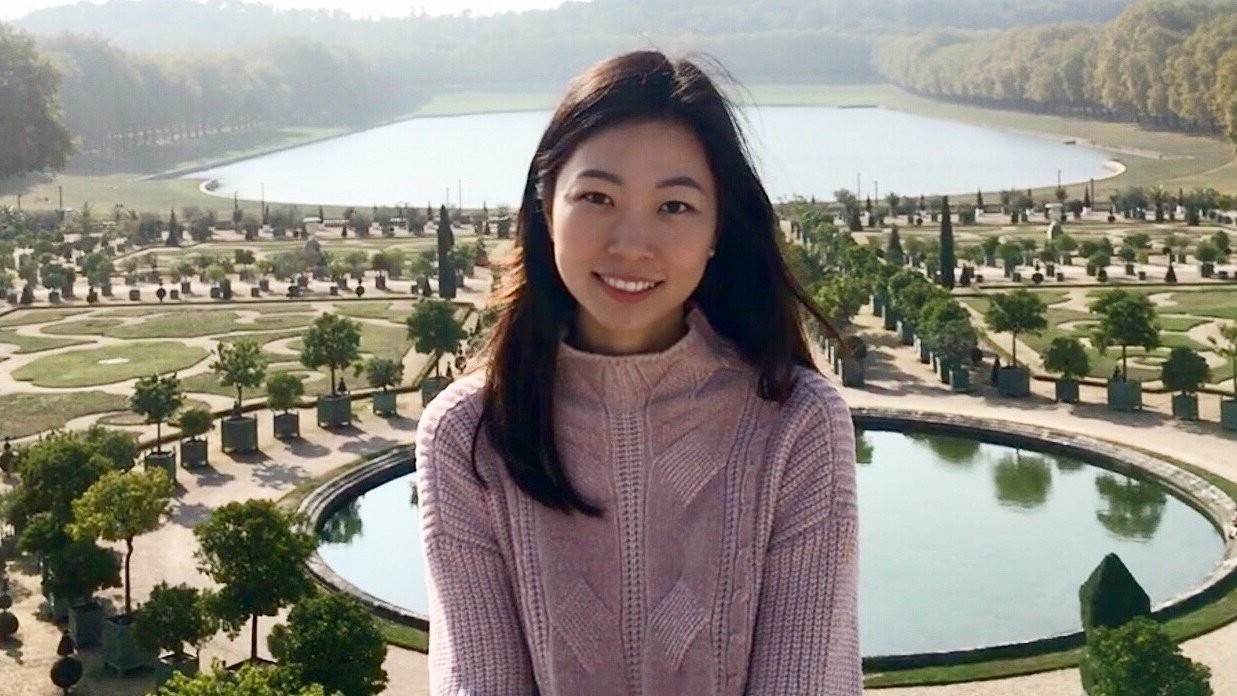Partner Spotlight
How the USC MAT Online Program Prepared Students to Guide Their Guiding Teachers Through COVID-19
Written by Stephen Eichinger on Jul 29, 2020
Related content: Graduate Programs, Digital Education

When COVID-19 forced districts to close their schools and mandate at-home, online learning, teachers had to get creative with emergency lesson plans. Some teachers were fortunate enough to have the tech-savvy help of student teachers from the USC Rossier School of Education Master of Arts in Teaching online (USC MAT online) degree program.
As part of the fieldwork component of the USC MAT online program, students are placed in a classroom in their communities, where in a typical school year a guiding teacher supervises the student. But COVID-19 upended normality, and some USC MAT online students found that they were in fact the ones advising their guiding teachers. The USC MAT online program had prepared them well for a situation that required specialized knowledge about tech resources and the best ways to keep students motivated and centered during a turbulent time.
Read on to learn how three USC MAT online students helped their guiding teachers go online with lessons and techniques they learned through the program.
Connie K.
Connie already had a reputation for being a learning tech pro by the time the Los Angeles Unified School District made the call to shut down its more than 1,000 schools. She had been impressing the teachers at her placement school in northwestern LA with her expertise in using a SMART Board, incorporating Google slides and other programs to optimize the interactive learning experience.
So when the school closed and their first-graders were sent home, Connie’s teacher came directly to her for help in managing the online transition.
Connie was familiar with a range of tech platforms and services due to the USC MAT online program. One course in particular, called Blended Learning, allowed Connie and her USC classmates to present on technologies and mediums they were using in the classroom. She was constantly learning new tech and building on her knowledge. Seeing Connie’s mastery of the tech, her guiding teacher asked Connie to teach her, as well as the class.

“My guiding teacher asked me if I was willing to teach a subject, just to help her out so that she could see some of the tools I was using,” Connie says. “I started teaching science—first the human body and then geography—and after every class we would debrief, she would ask me questions, and I’d teach her how to create assignments for the students in Google Classroom.”
In the USC MAT online program, Connie not only learned the tech but also gained an understanding of fundamental pedagogical principles that inform how she uses tech tools. Connie is applying education models she has learned to get students more engaged in their lessons.
“At USC, it’s about student-centered learning,” says Connie. “So my guiding teacher, who was more teacher-directed, was starting to see how I was creating a more student-centered learning environment through these technologies.”
Nathan J.
Across the Pacific from California, Nathan was in Taiwan enjoying the Chinese New Year holiday, and a well-deserved break from his placement school in Taipei, when government officials began issuing virus-related directives to schools. Like Connie, Nathan had already been helping out his guiding teacher with technology before COVID-19. So his knowledge became that much critical when schools closed.
Nathan set up the class with a distance learning platform through which he created interactive features to ensure that he was interfacing with the eighth-grade students as soon after the schools closed as possible. He also devised engaging asynchronous materials that allowed the students to reflect on readings and connect them to other lessons. His guiding teacher took notice.
“My guiding teacher saw some of the things I was doing, and she gave the class more open-ended assignments and implemented analytical papers, rather than just having them take notes and turn them in like we would normally do,” says Nathan.
Because Taiwan closed its schools before its American counterparts, Nathan was able to share his insights and resources with his USC classmates to help them guide their own placement schools and teachers. And he also received some great tech resource recommendations from his peers.
For Nathan, this open, honest communication and collaboration was key to navigating the COVID-19 crisis.
“The most valuable aspect of the USC program was talking to other students and professors who are experienced teachers about specific things that can be used in the classroom and how they can respond to challenges,” he says. “Talking to your classmates and teachers about specific resources that we can use in concrete ways to increase differentiation, equity, and engagement—these are the principles I was able to use to even the playing field, to teach to the students, to give the students a voice.”
Keyla S.
For the high school students in Keyla’s placement school, just west of downtown LA, COVID-19 was a test of what they already knew and a crucible of what they were lacking. Because both Keyla and her guiding teacher loved learning about and using technology, they had been integrating many of the tech tools that the school started using more widely once the virus forced its closure. So their students had a leg up in tech fluency. However, many students didn’t have internet access or laptops at home—the basic technology infrastructure that would allow them to capitalize on their knowledge.
Once the students did receive their district-issued Chromebooks, Keyla observed that many of her students were feeling overwhelmed. So in addition to the interactive online environment she was helping to create, she decided to institute personal check-ins with the students. Keyla quickly realized that online education is much more than a laptop and an interactive lesson plan.
“One of the things that has really stood out to me throughout this whole process of online teaching is understanding the human connection,” Keyla says. “Even though we're apart, I think we all build a strong community.”

That connection was no more apparent than with Keyla and her guiding teacher, who formed a kind of symbiotic relationship during the shutdown. Keyla eagerly shared PowerPoint tips from her USC courses, encouraged her teacher to get certified on Edpuzzle, and taught her how to use Piktochart and Canva. The guiding teacher led tech workshops for her teaching peers and created how-to videos that Keyla learned from.
Keyla believes an openness to new learning and teaching methods will become only more important as the next school year comes into focus.
“COVID-19 was a huge wake-up call for a lot of educators, and I am seeing a lot of drive from veteran and newer teachers alike who want to create a more holistic, equitable, and differentiated online curriculum that is student-paced,” she says. “That's something I'm looking forward to: teachers creating virtual classrooms with a social/emotional component and a focus on equity so that all students have the same amount of time and access to these technologies.”
Whether miles or oceans apart, Connie, Nathan, and Keyla thrived during an unprecedented, high-pressure situation. The USC MAT online program equipped them with the foundational skills they needed to not simply support their teachers but also lead the way forward for each of their placement sites.
Latest.
Learn more about us.
At 2U, we’re on a mission—to eliminate the back row in higher education and help universities thrive in the digital age. To learn more about who we are and what we do, follow the links below.